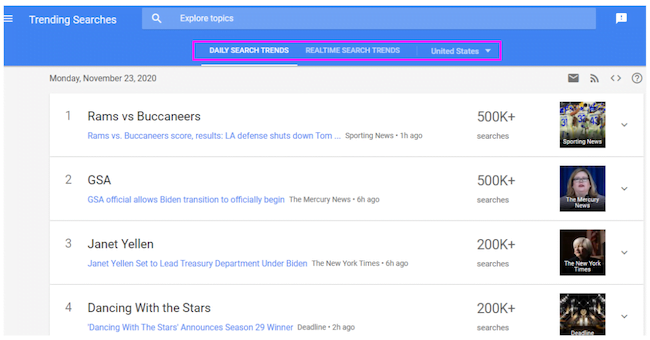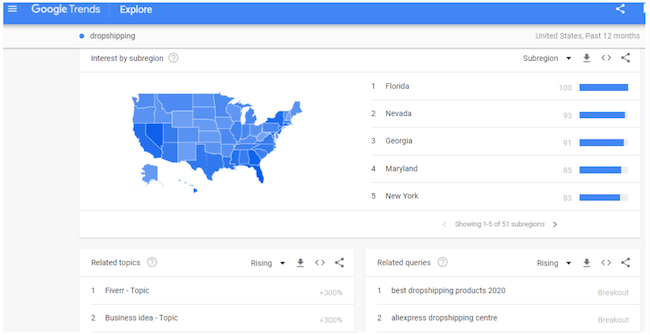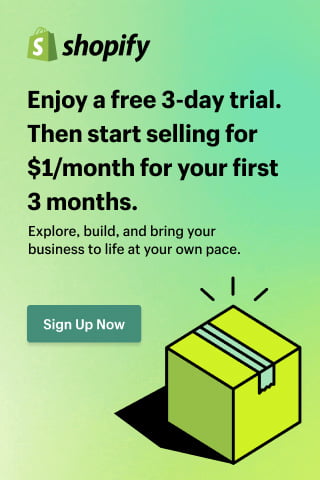Marketing
Your Beginner’s Guide to Building a Traffic-Generating Blog

On the surface, blogging seems pretty straightforward. You write about an exciting topic, publish, people notice it, and you get tons of visitors, right?
Well, yes and no – running a successful blog requires more than great content.
Suppose you’re dead set on getting people to visit your blog and make some money. In that case, you’ll need the right strategies, such as making your blog search engine optimization (SEO) friendly, to generate tons of high-quality traffic.
While building a traffic-generating blog requires investing time and commitment before you start seeing an influx of visitors, there are tried and tested tips to kickstart your efforts, and that’s what you’ll learn in this guide.
1. Use the best blogging platform
Get a suitable platform that suits your blogging needs and helps you reach your content writing goals quickly.
You can not go wrong with WordPress. It is opensource, so WordPress has many independent developers creating useful plugins to add features, including:
- Website Security
- SEO
- Social Sharing
- Redirection
- eCommerce
It is crucial that you use the right platform at the onset since migrating your published content from one platform to another down the line can be challenging, especially when you don’t have the technical knowledge to pull off the transfer.
Here are some aspects to consider when choosing the best blogging platform for you:
Simplicity
You want your blog site to be user-friendly for you and your readers. This lets your audience find what they’re looking for and allows you to set your publication preferences more quickly, enhancing your audience’s reading experience.
Monetization
Sites allowing monetization often let you put up display ads and host affiliate marketing campaigns.
Security
Opt for blogging platforms with relatively stable security systems and a plethora of cybersecurity plugin integrations.
Other aspects to consider include hosting packages, versatility and scalability, availability of client support, themes and app integrations offered, marketing features, and more.
2. Choose the right blog topic
It can be overwhelming to find a topic to write about, let alone a subject that generates traffic.
After all, an excellent blog topic should not only be appealing but also resonate with your target audience.
Start by researching trending topics using tools such as Google Trends. The tool gives you insights into topics that people are interested in and are looking up online.
Head over to the menu by clicking on a three-lined icon and then “Trending Searches.”
Here you’ll find the most highly searched topics, whether daily or real-time. You can even screen the search trends by location:
You can also look up a specific topic in mind and its search performance by typing the phrase on the search box at the tool’s homepage or at the top of the Trending Searches page.
For example, I typed in “dropshipping,” and here’s what came out:
Google Trends showed the results for the US from the past year, with the search volume appearing when you hover any point in the graph. Similarly, you can adjust the timeline, location, category, and kind of search (image, YouTube, etc.) to refine your query.
Below that, you’ll find graphs showing interest in the topic by subregion with their search volume. Google Trends also shows you related issues and queries and lets you share, download, or embed the information presented.
List these topics and queries and use them as bases for your blog posts later on.
With these performance details, you can determine to write about niche-relevant topics that your readers are already interested in and have established significant amounts of traffic, drawing them more quickly toward your blog posts.
3. Write cornerstone content
Once you have relevant, trending topics at hand, you can begin crafting cornerstone blog posts. Also known as pillar content, these articles cover specific issues in-depth and are typically evergreen — that is, not quickly outdated but always relevant and consequently gain traffic even after years since being created.
Cornerstone articles also tend to be long-form with thousands of words. Some reach 1,000, 3,000, or even 10,000 words. Regardless of the word count, focus more on your blog post’s quality and the value you give to your readers. That way, they would love returning to your blog site and consuming other posts because you constantly give them what they need to learn.
Start building your content repository with these tips:
- Come up with a list of in-depth, high-level content ideas related to your niche. Sub-topics from general concepts work excellently for your cornerstone content. Examples include comprehensive guides on all the types of sneakers you’re selling, ways to prevent skiing injuries, and others.
- Research how other authors wrote on topics you’re also considering, and probe into how you can make your content more high-quality.
- Organize an editorial calendar to schedule when you should write and publish posts. Be sure to give yourself enough time to finish each article.
Crafting excellent cornerstone content takes time, so be patient, and remember to share and promote your articles — which leads us to the next tactics.
4. Generate a solid email list
Get solid, repeat readership and connect better with your audiences by building an email list to whom you can keep sending valuable content.
Create opt-in forms to entice your blog visitors to subscribe to your emails. Use ESPs (Email Service Providers) like OptinMonster or MailChimp to design and launch your invitational forms.
For example with ESPs to create a data capture page aka sign-up form all you need to do is:
- choose a template and form for specific campaigns, webpages
- customize the format i.e add your content
- set your preferences for automation and display rules, integrations, analytics, and more
Start off as you mean to carry on with customer discovery data you can use when targeting specific audiences.
Use your email marketing and delivery tool to segment your email marketing lists to capture the subscribers’ interests, demographics, website behaviors, and other elements appropriate to your campaigns.
Being targeted in your content and delivery will improve your CTOR (click-through rate) and protect your email list subscribers, so they only get the content they need.
Boost your traffic with your blog now
Generating tons of quality traffic to your blog site is not an overnight success but takes time, commitment, and perseverance. Keep these and other tips in mind as you set up your blog and experiment and improve your application as you go until you get your desired results.







